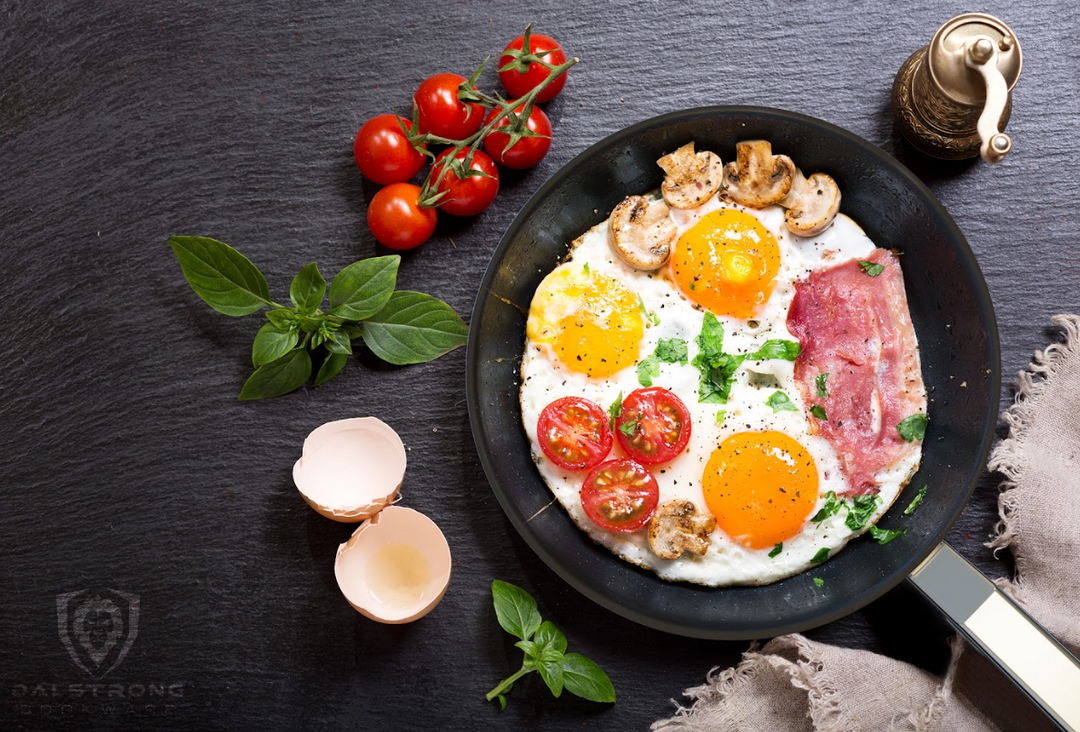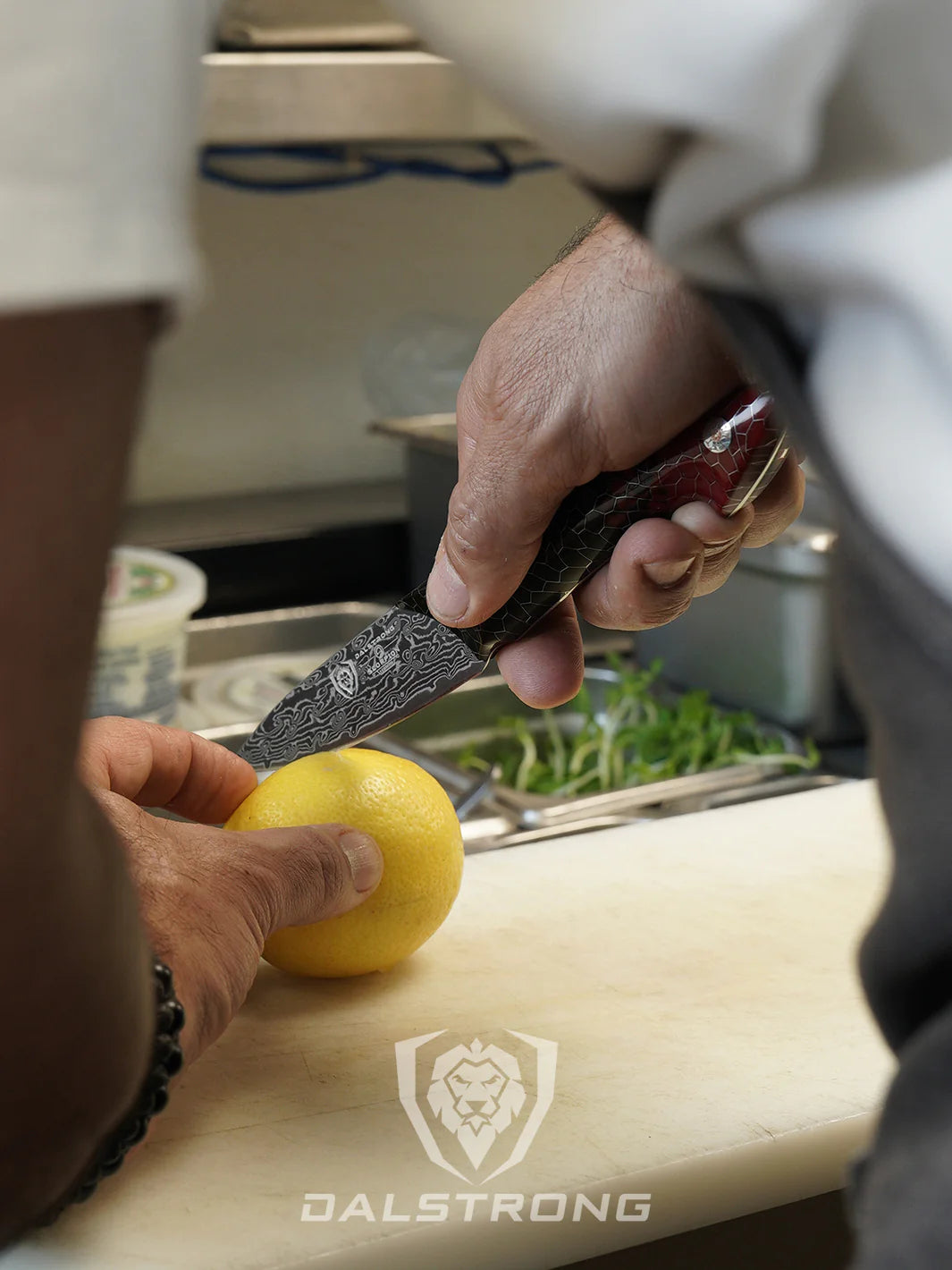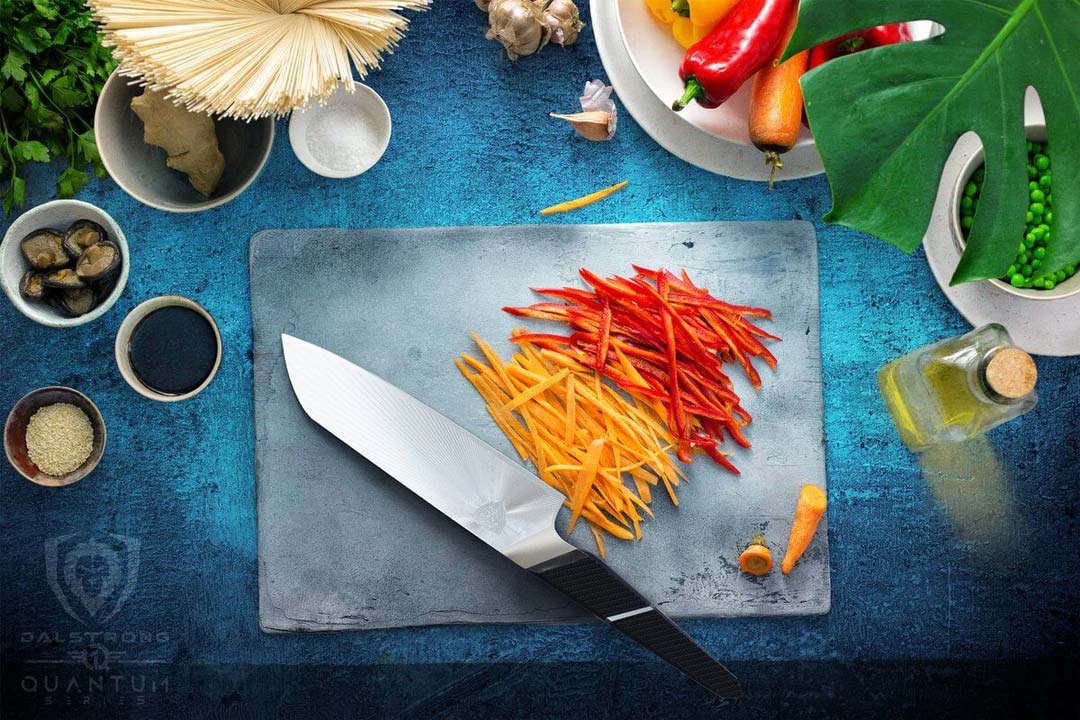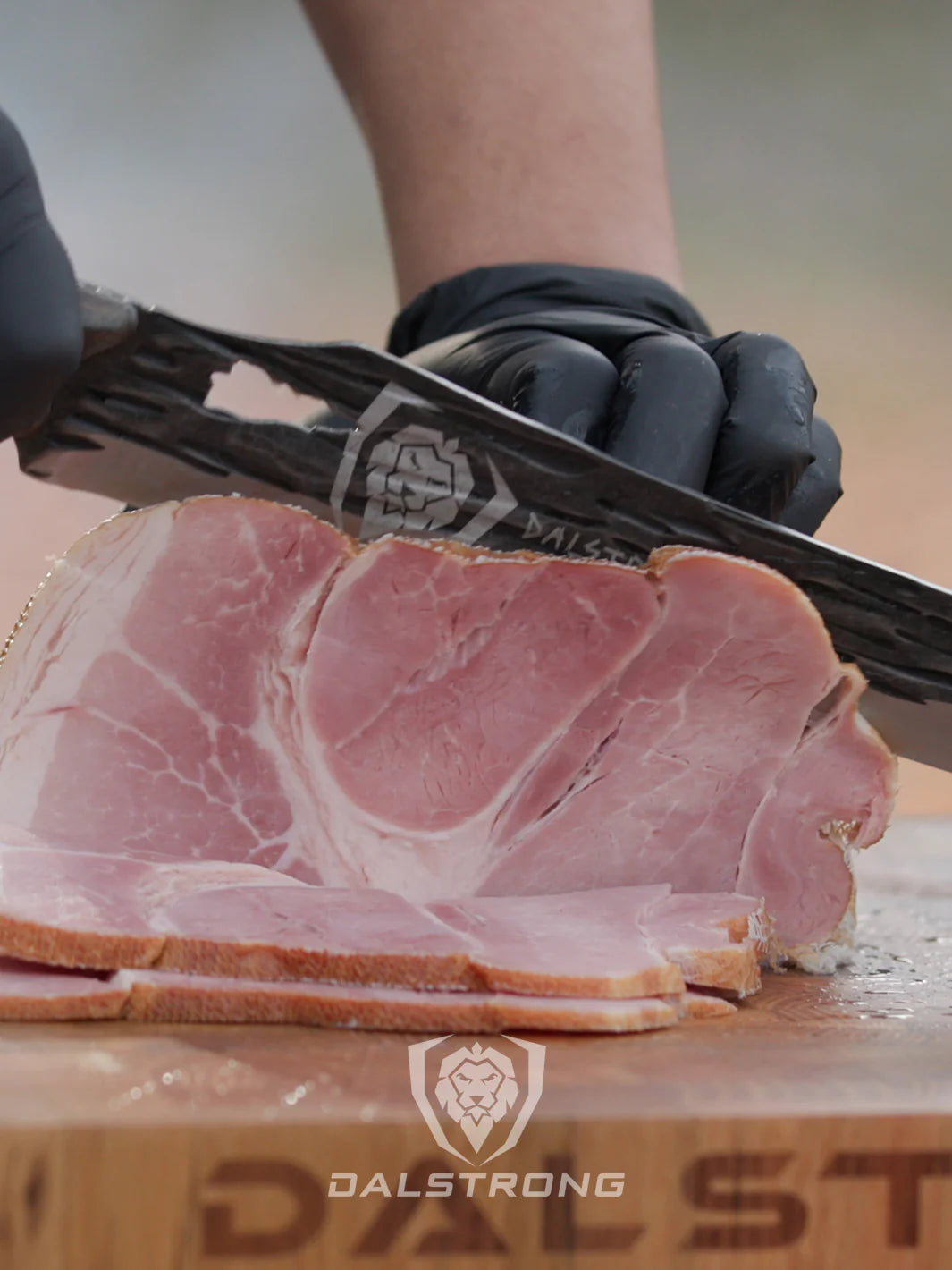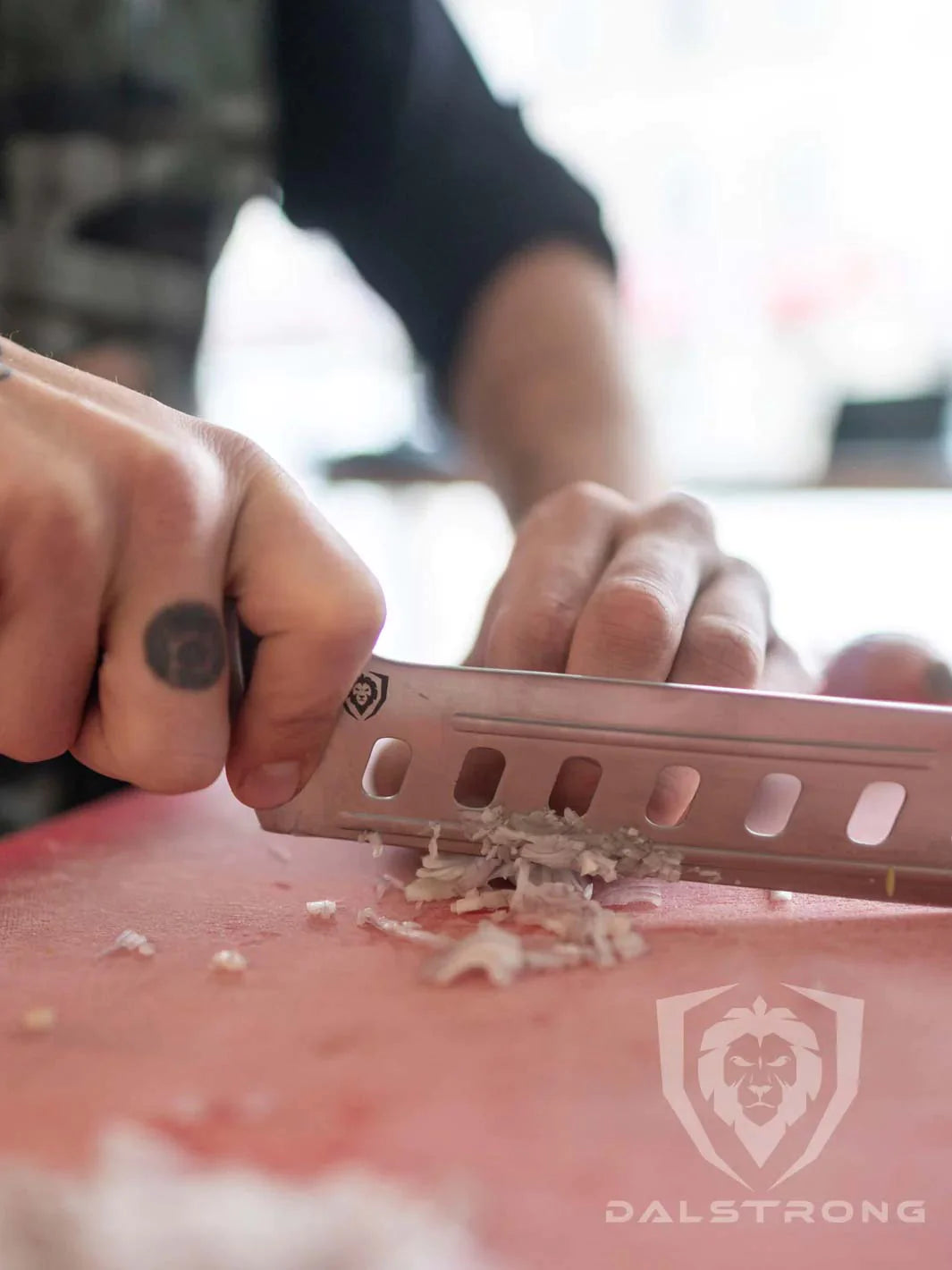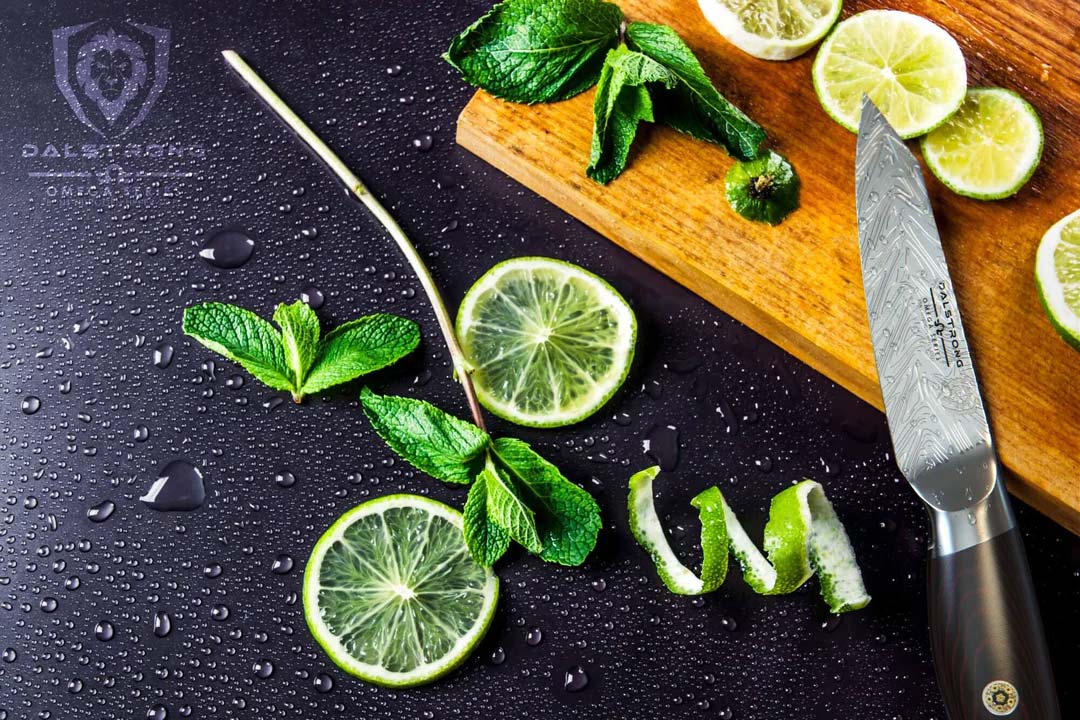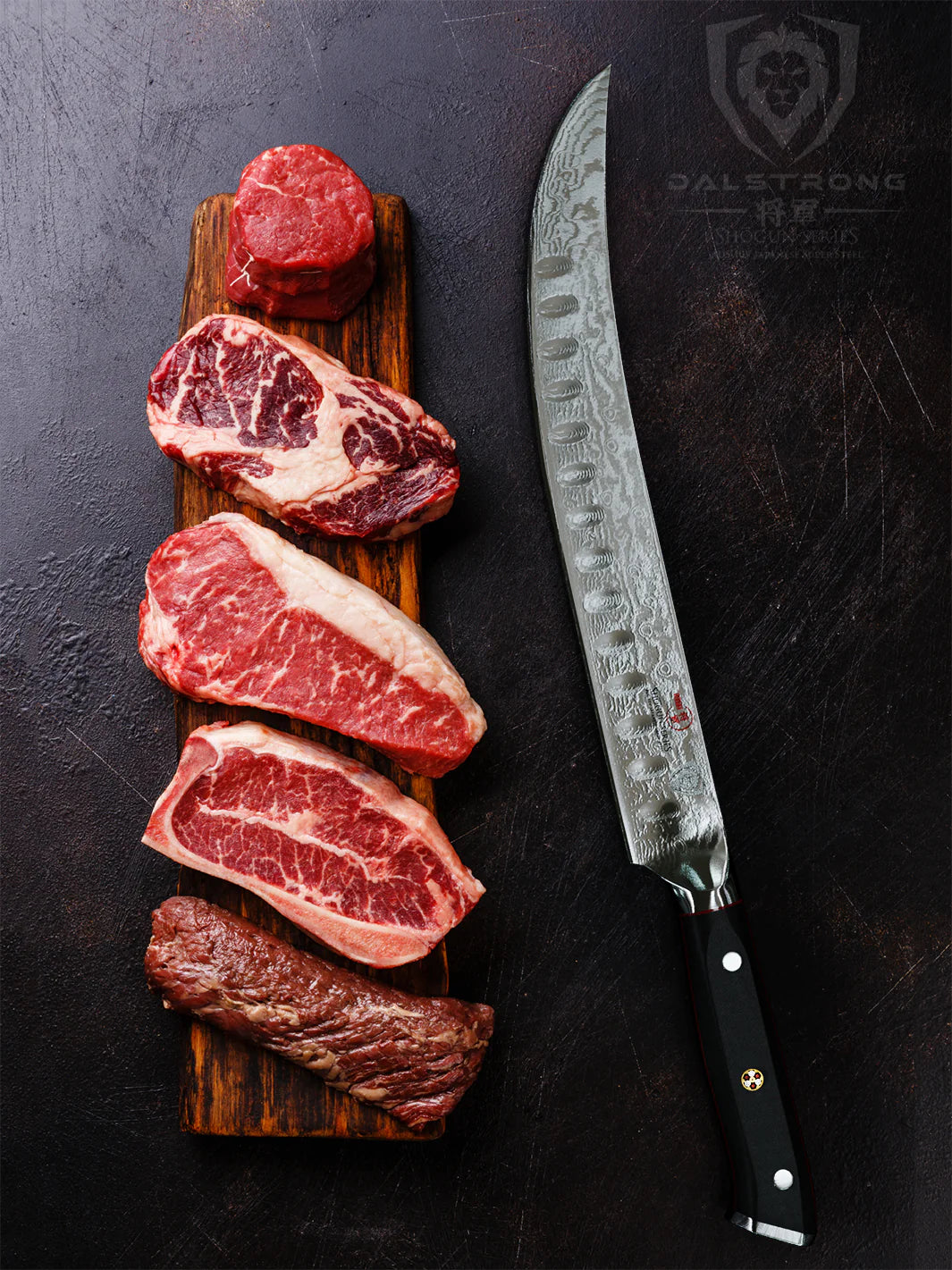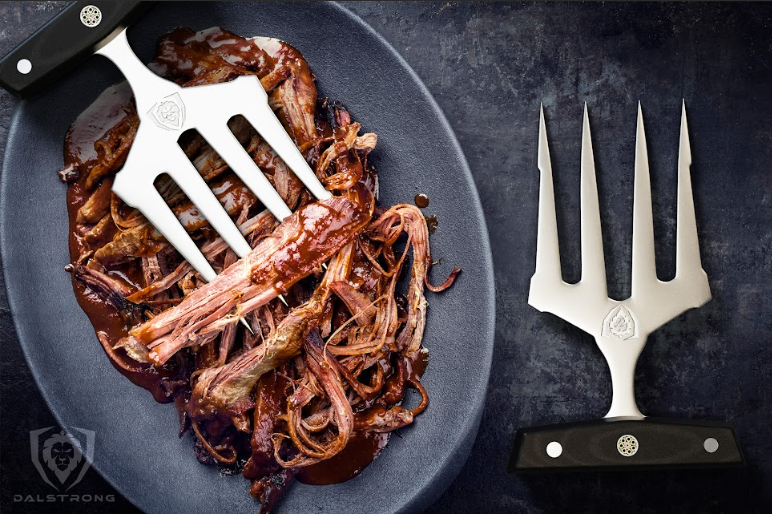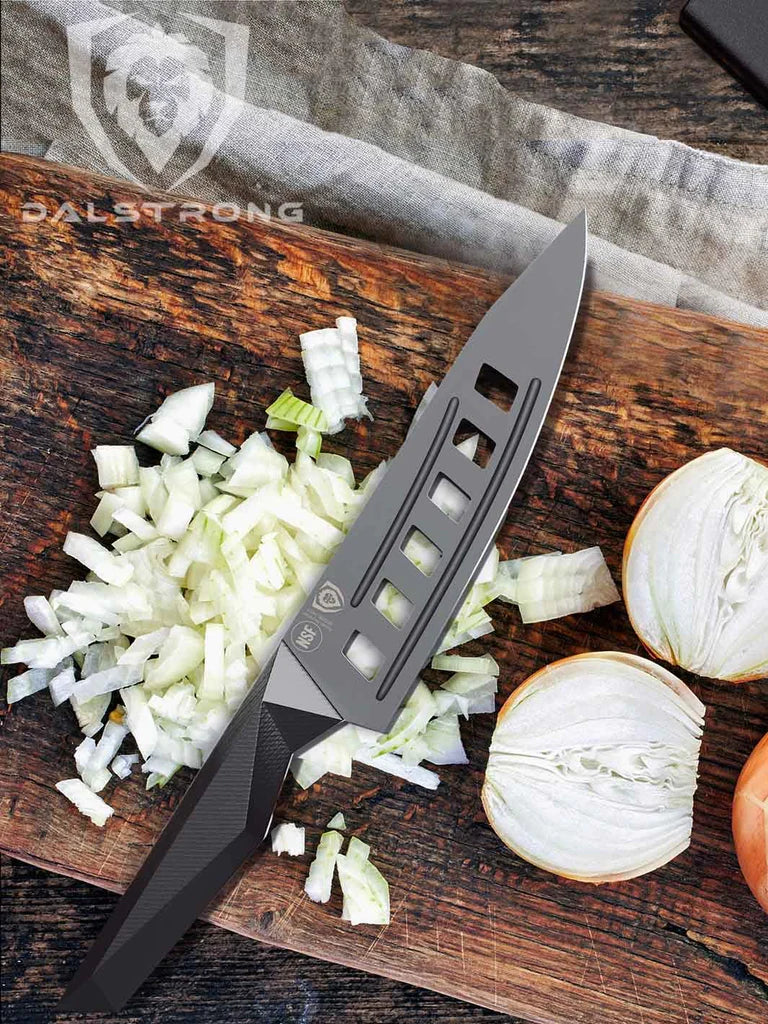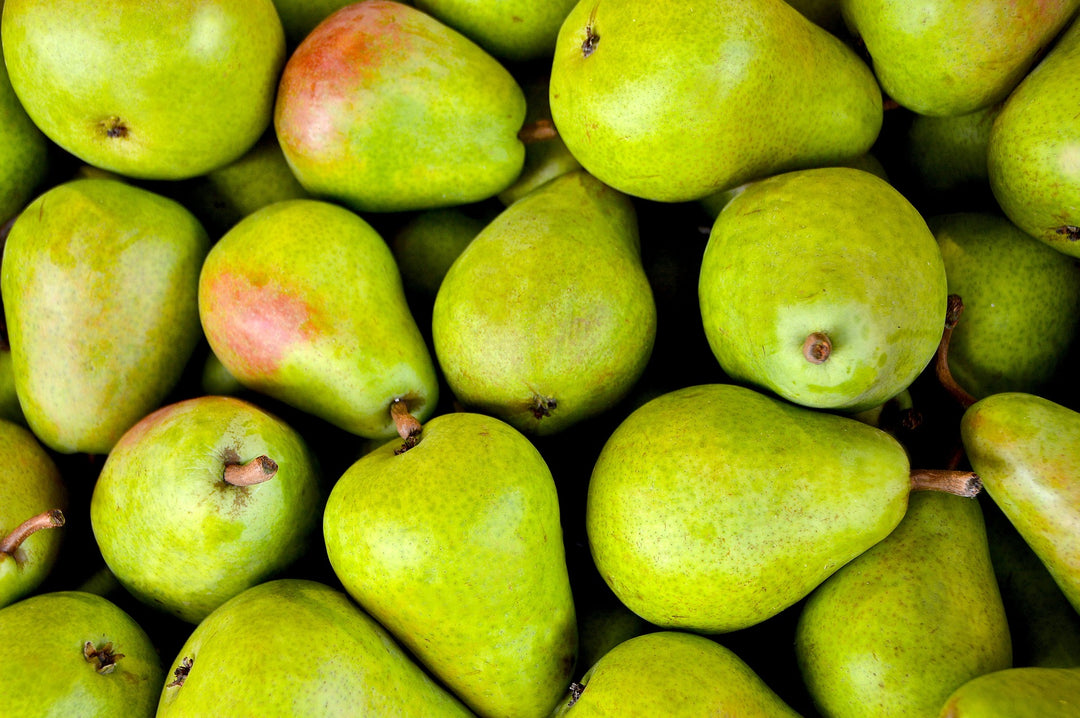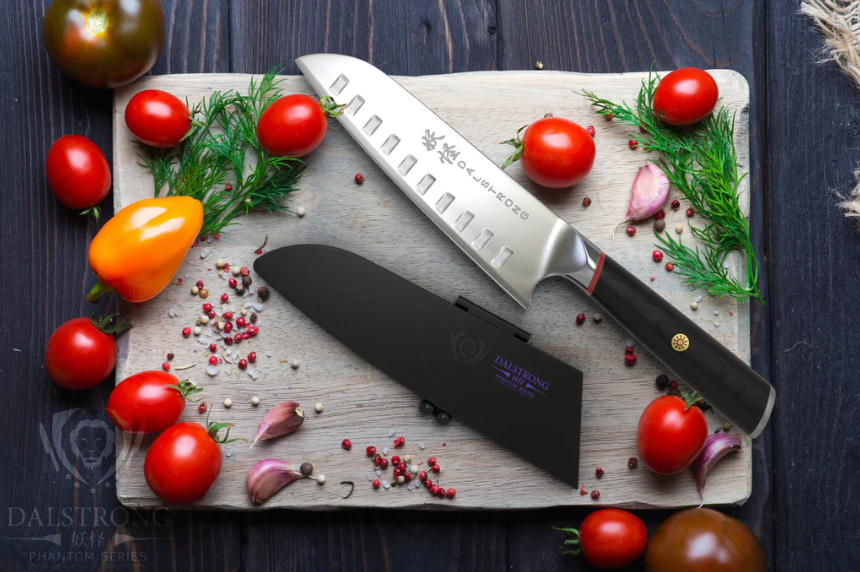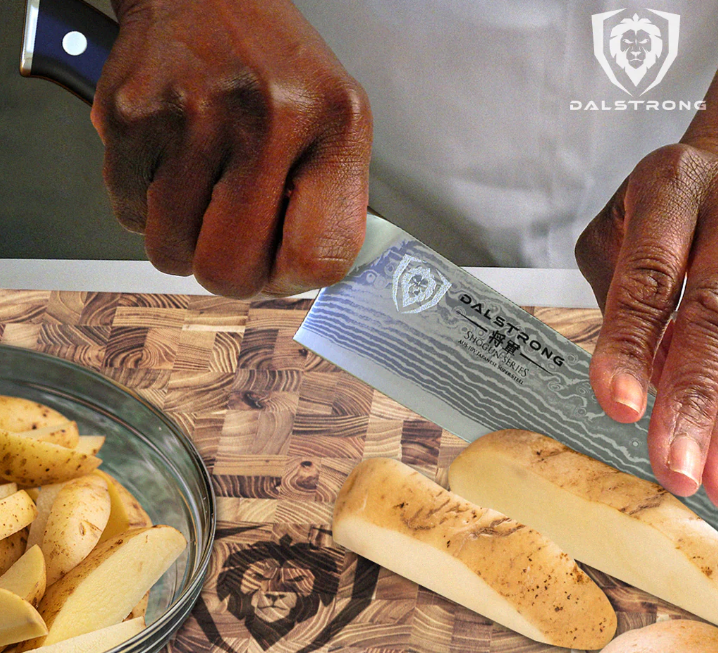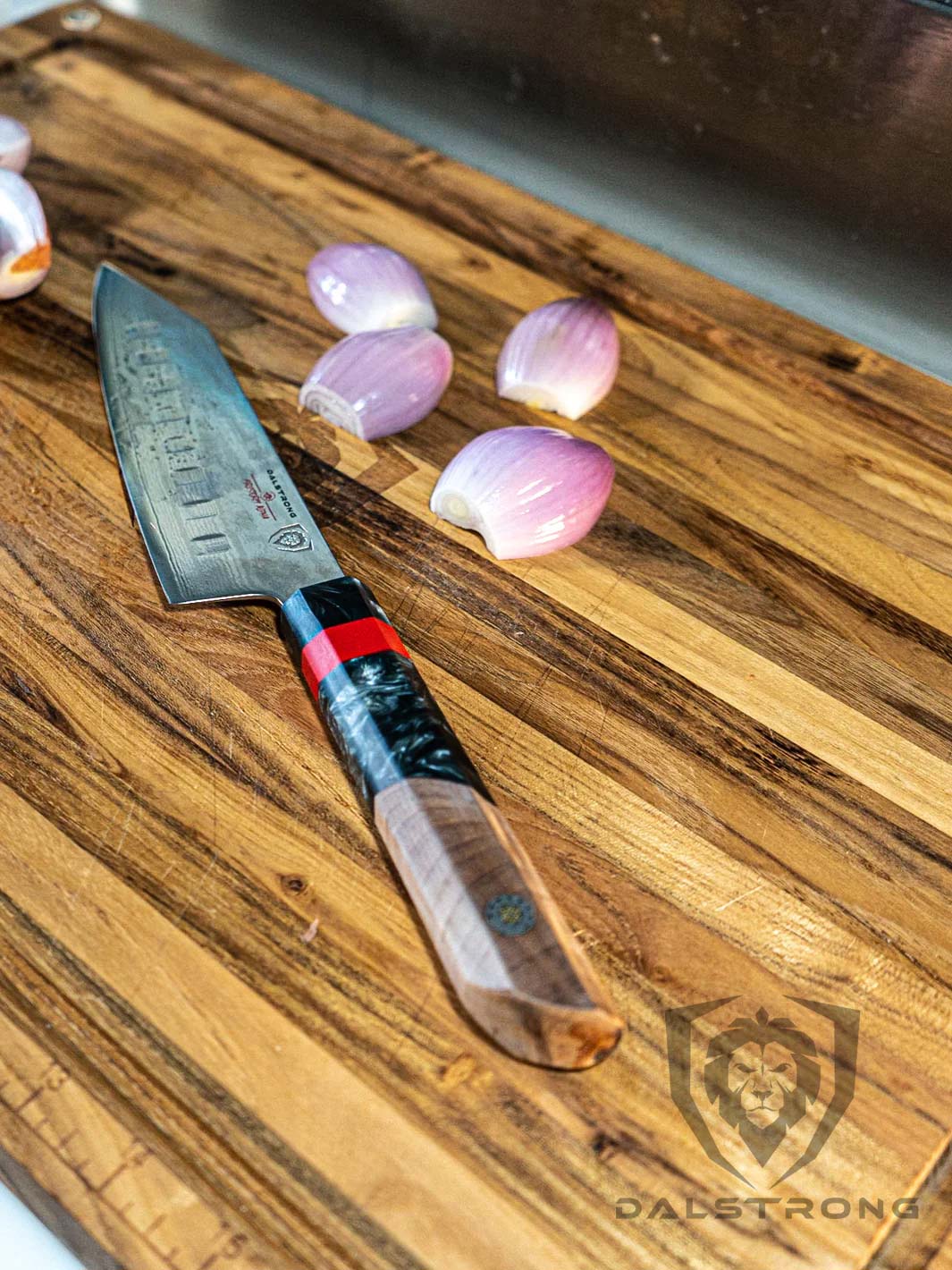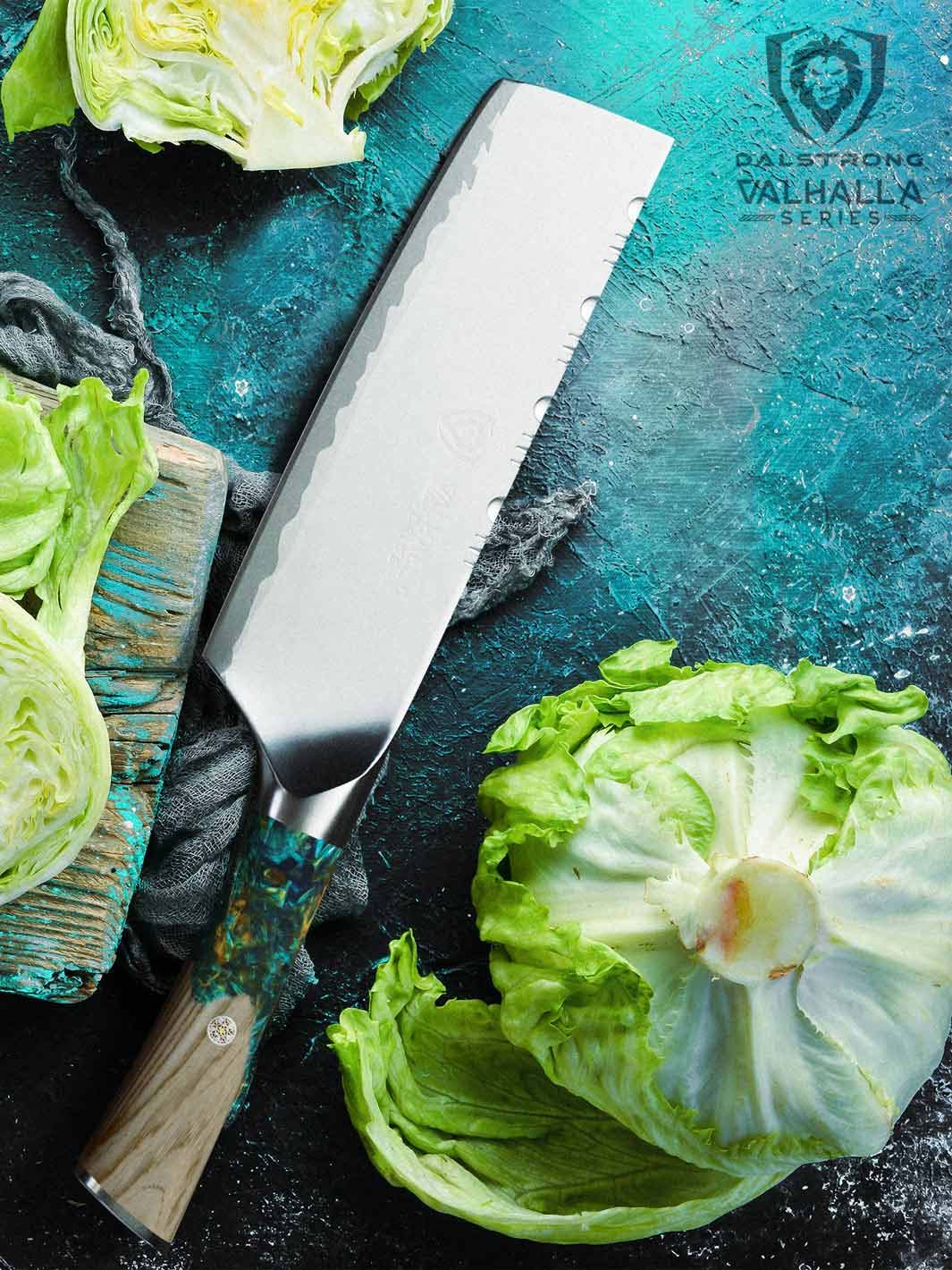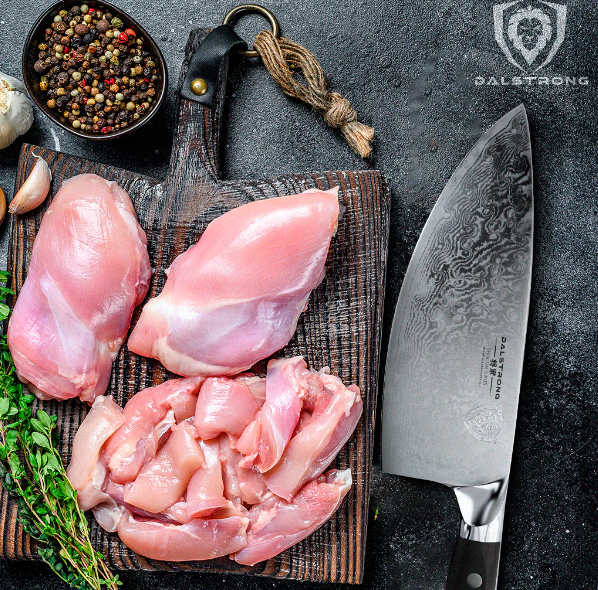How To Make Hot Sauce
How to Make Hot Sauce
- Wash your peppers thoroughly if using fresh peppers (if using dried chilis, prep them by soaking in boiling water and then straining).
- Remove excess membrane with a paring knife. Chop off the tops of your peppers and cut into long slices.
- Pour vinegar into a stock pot with the peppers, salt, and whole spices if using. Simmer until peppers are tender and soft (about 10 minutes).
- Pour into a food processor or blender and blend until smooth. If foamy from blending, strain your mixture.
- Taste your mixture and add finishing salt, powdered spices, or additional peppers for more heat if desired.
- Bottle and refrigerate, can in jars, or serve fresh.

If you are a hot sauce lover, you may have had to occasionally tip the bottle or jar upside down to capture each final drop of your favorite sauce. When you start using hot sauce frequently, you develop preferences for certain styles, flavors, and profiles. Because it is sold in small amounts to preserve freshness, hot sauce can too often run out when you’re in the middle of a chili or chicken wing recipe.
Making hot sauce from scratch is an easy and satisfying way to spend an afternoon. In just a few hours, you can relish in fresh, spicy, one-of-a-kind sauce ready for topping or flavoring your favorite foods. This guide will also cover fermented styles to give layers of lasting flavor to your hot sauce.
It will also answer all of your ‘burning’ questions regarding how to make homemade hot sauce.
1. Determining the Right Heat Level
If you are still pondering whether or not to make your own hot sauce from scratch, you will be able to easily control the flavor to your liking. You must have the right level of capsaicin in your hot sauce to give it the proper kick. Your hot sauce must contain peppers that have an appropriate heat level for your sauce. This means selecting the right style of peppers, balance of added ingredients, and the right concentration for your preferences.
Before deciding on the type of hot sauce to prepare, it may be helpful to test other hot sauces to find which styles best meet your requirements. Common off-the-shelf hot sauces can span a wide array of spice levels, but there is no specific labeling requirement for them. Even the type of pepper used does not always indicate the level of fieriness.
For this reason, the most typical way that cooks measure the spice level really is ‘taste and see.’ If you’re not willing to take the risk, you could also use the Scoville Scale to determine which hot sauces you want to emulate at home, check the ingredients to find a complimentary recipe, and adjust the spice level depending on the preferences of your household or tasters.
2. Selecting the Best Ingredients
When you are making your own hot sauce at home, start with a basic recipe that indicates the type of pepper and amount so that you don’t go overboard. Making hot sauce can be a simple or complex task, depending on the recipe you use, but all styles of homemade hot sauce have a few common ingredients.
Vinegar
Depending on the recipe, you may find that white vinegar, apple cider vinegar, or even a wine-based vinegar to give the needed acidity to your sauce. The purpose of this ingredient is both to preserve the hot sauce and also to enhance the flavor and give brightness. Some recipes also recommend an additional dose of acidity with lemon or lime juice before the blending stage. These fruits offer the same essential citric acid dose that vinegar does, and can provide a fresh flavor.
Chili Peppers
The obvious main flavor in hot sauce is, of course, the pepper. The majority of hot pepper sauces use a red chili pepper like a tabasco pepper, cayenne pepper, jalapeno, Calabrian, or Bird’s Eye chili pepper. Depending on the preparation required for your hot sauce recipe and what is available to you, you might buy your chili peppers fresh, dried, or powdered. Ancho powder, for instance, is what you typically use in chilis and stews, and is readily available in a pinch. Arbol peppers, on the other hand, are more often found dried in the supermarket (and gives a nice smoky addition to your flavor). Finally, a typical vinegar heavy tabasco sauce style uses fresh peppers.
To dial up the heat, use peppers that carry more heat like the scotch bonnet, ghost pepper, or habanero. The golden orange hue of these sauces is very attractive and packs a huge punch without having to use a lot.
Pro Tip: For an enhanced flavor with slightly less heat, jalapeños can be used, along with bell peppers, and don’t forget the salt with these varieties, as they are milder.
Salt
Depending on whether your recipe calls for cooking or fermenting, you’ll find that you may need to add salt at various stages of the hot sauce preparation. Fermented sauces contain a sea salt brine, while kosher salt is recommended in most preparations of fresh hot sauce styles. You may also consider a finishing salt after blending your sauce in a blender or food processor.Other Optional Ingredients
Some cooks add vegetables like carrots, sweet bell pepper, or onions to add sweetness and complexity to the flavor of the hot sauce. If you choose to do this, simmer the added vegetables with your peppers in Step 3 (adding at different cook time depending on firmness) and be sure to add more salt if you are increasing the overall volume of your liquid mixture.
Sugar is another additive that some hot sauce chefs like to add. The key to doing this well is to add just enough to balance the acidity of the vinegar. Any sweetener will do, but many home cooks use honey or brown sugar because of the rich flavor profile. Tomato sauce is sometimes included in recipes for the same reason.
Whole garlic cloves are a welcome addition to most hot sauces, but some cooks who like a milder flavor opt for garlic powder or roasted garlic to give a more mellow garlic essence. In addition to garlic, there are other flavorful adds that can make your hot sauce unique. Spices like mustard seed, cumin seed, or coriander seed are also added to some hot sauces to give them more complexity.3. Different Styles of Hot Sauces
As you dive deeper into the world of methods on how to make hot sauce, you’ll find various styles derived from cultures all over the world as well as some newer styles that are outside the box.
- North American hot sauces include green sauces made from Hatch peppers, vinegary Louisiana style hot sauces, and super-hot options.
- Caribbean sauces such as scotch bonnet pepper sauce are very high heat and pair nicely with fish and seafood.
- South American sauces range from mild to super-hot and can even contain creamy bases that incorporate mayonnaise or sour cream.
- Asian hot sauces like gochujang, sambal, and sriracha have become popularized in the U.S. in recent years.
- African hot sauces include harissa, which is a paste that can be used as a base for cooking.
- Middle Eastern styles often use Aleppo peppers and breadcrumbs or nuts for thickeners, which means they are very dippable.
4. How To Make Hot Sauce
You’ll be glad you decided to make homemade hot sauce when you discover how easy, affordable, and how little prep time is needed. The main equipment you’ll need is limited to a large, easy-to-clean cutting board, a paring knife for removing seeds and stems, and a chef’s knife for dicing. A food processor or blender is also needed for most styles of homemade hot sauce. Although you will find many recipes that go beyond the basics, as a novice hot sauce maker, you can’t go wrong with these steps:
Wash your peppers thoroughly if using fresh peppers (if using dried chilis, prep them by soaking in boiling water and then straining).
Remove excess membrane using a paring knife. Chop off the tops of your peppers and cut into long slices.
Pour vinegar into a stock pot with the peppers, salt, and whole spices if using. Simmer until peppers are tender and soft (about 10 minutes).
Pour into a food processor or blender and blend until smooth. If foamy from blending, strain your mixture.
Taste your mixture and add finishing salt, powdered spices, or additional peppers for more heat if desired.
Bottle and refrigerate, can in jars, or serve fresh.
5. Is Hot Sauce Bad For You?

Ingesting and Digesting
Hot sauce does not greatly impact your nutritional profile as it contains few calories and is used sparingly as a condiment or recipe ingredient. Additionally, there are no long term effects of eating hot sauce. However, seriously overdoing it on hot peppers or hot sauce could cause effects in the body such as heartburn or stomach pain due to inflammation in the lining of the stomach. The best way to avoid this is to keep usage to a minimum and have some milk nearby if you consume too much. One perk of fermented hot sauce is that it aids in digestion and adds a dose of healthy bacteria to your diet.
Handling Hot Peppers
Certain safety measures are helpful, however, when handling the chili peppers used in your hot sauce recipe. Handling chili peppers requires attention to safety, since the capsaicin from the peppers will be released onto your kitchen knives, cookware, and/or your hands. Some people are more sensitive to capsaicin and may need to consider wearing rubber gloves to avoid it entirely. For others, it is essential to simply keep your skin and eyes protected adequately. Wash your hands with soap and warm water immediately after handling chili peppers and make every effort to not touch your eyes. Wear kitchen safety glasses for added protection.6. How To Ferment Hot Sauce
The methods covered in this guide refer to freshly made hot sauces, but both fresh sauces and fermented sauces can be eaten immediately, bottled and refrigerated, or preserved using canning methods in a bottle or jar.
Fermenting adds a step to the preparation process, but the reward of your work will be a hot sauce that has layers of flavor and helps your body break down food better and absorb nutrients. This is because of the lactobacillus that results from the fermentation process. Fermented hot sauce has to have an adequate amount of vinegar (about ¼ cup per quart) to be long lasting.
A popular method for preparing and fermenting hot pepper sauce is to create a pepper mash. A mash is a mixture of peppers, processed in a food processor, and salt, which helps the peppers break down and ferment. After this mixture ferments, it can be added back to a food processor where vinegar is added to create a hot sauce consistency.
7. Preserving and Bottling Your Hot Sauce
Whether fermented or not, you should consider learning canning methods to keep your hot sauce fresh for longer periods of time. The recipes you’ll find tend to make large amounts, with loads to spare for gifting or ‘putting up.’
The more complicated the preservation process, the messier you will get, so keeping a good quality apron on hand is essential. It may be useful to also invest in canning equipment and some nice jars or bottles that add an element of flair to your homemade sauce. Some sauce makers even use customized labels for a special finishing touch (and to prevent the hottest of sauces from getting into the wrong hands!).

Dalstrong Professional Chef's Kitchen Apron - The Gandalf
8. Frequently Asked Questions About How to Make Hot Sauce
How can I prevent my hot sauce from separating?
Many home cooks use xanthan gum to their hot sauce mixture just before bottling to emulsify the sauce while maintaining a pourable consistency. Some recipes call for a few teaspoons of pumpkin seeds to be added to the food processor with the mixture to give a thickness to the sauce.
What type of bottle should I use for my hot sauce?
The woozy bottle style is most frequently used for hot sauce, as it holds a perfect 5 ounces of liquid to keep your sauce fresh after opening. Other options include a flask style bottle or a squeeze bottle (for thicker sauces).
How do I keep the color of my hot sauce from turning brown?
If using brightly colored peppers, your sauce should retain a healthy bright color if refrigerated after opening. Be sure to consider the color of any additives you put in other than peppers and salt. Red onions, roasted garlic, and pumpkin seeds can all influence the color of the final product as well.
How can I reduce the heat of my homemade hot sauce?
To make your sauce less spicy, you can add more of the non-pepper ingredients, particularly things like onion and carrot that have natural sweetness. If that doesn’t cut it, consider adding a creamy element like butter or yogurt to cut the heat.
Written by Kate Melton
Lifelong food lover, baker, and obsessive watcher of cooking shows, Kate’s greatest talent is chasing her toddler without ever spilling her wine.

















































































































































